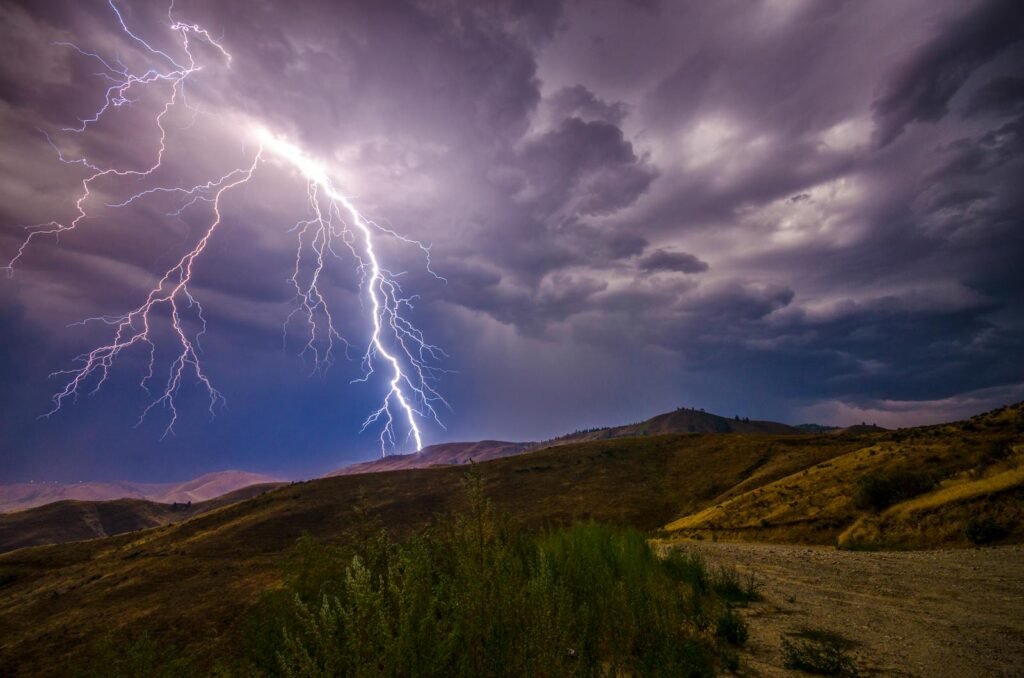The familiar saying “lightning never strikes the same place twice” is one of those phrases we toss around without thinking. But what if I told you it’s spectacularly, electrically wrong? Imagine a skyscraper bristling with anticipation during a summer storm, or a lone tree on a windswept hilltop—both waiting for that crackling bolt from the heavens. It’s not just possible, it’s almost guaranteed: lightning does strike the same place twice, and sometimes it happens more often than you’d ever imagine. This idea is not just a quirk of weather; it’s a dazzling story of science, nature’s wild unpredictability, and the persistent search for answers. Let’s chase the thunder and uncover the real truth behind the myth—prepare to be shocked!
The Origins of a Persistent Myth

The saying “lightning never strikes the same place twice” didn’t come from scientists or meteorologists. It probably started as a way to comfort someone who’d suffered an unlikely misfortune, suggesting that bad luck won’t hit them again. But in nature, this couldn’t be further from the truth. The phrase has stuck around because it’s catchy and easy to remember, even though it doesn’t reflect how lightning really works. People often repeat it without questioning its accuracy, and it even shows up in movies and books. Most of us want to believe in simple explanations for complicated phenomena. But as we’ll see, the truth about lightning is much more stunning—and a lot more complicated.
What Is Lightning, Really?
Lightning is a giant spark of electricity unleashed between clouds, or between a cloud and the ground. It’s born when particles in thunderclouds rub together, building up electrical charges like socks on a carpet. Eventually, the difference in charge becomes too great, and nature releases that stored energy in a split-second flash. This spark can heat the air to temperatures hotter than the sun’s surface—talk about explosive power! Lightning can travel miles in an instant, and it doesn’t always go straight down. Sometimes, it snakes sideways or even upward. Understanding the basics helps us see why lightning has favorite spots it likes to visit repeatedly.
The Science Behind Repeated Strikes
Certain places are more likely to be struck by lightning again and again, and it all comes down to physics. Tall objects, sharp points, and good conductors attract lightning because they make it easier for electrical charges to jump. Skyscrapers, radio towers, and even isolated trees become lightning magnets. Scientists have measured lightning bolts striking the same structure dozens or even hundreds of times in a single year. The Empire State Building, for example, is hit by lightning about 20 to 25 times every year. Why? Because it’s tall, metal, and reaches into the part of the sky where charged clouds like to gather. Mother Nature doesn’t care about old sayings—she follows the rules of electricity.
Famous Examples: When Lightning Loves a Landmark
Some spots around the world are practically celebrities in the world of lightning. The Eiffel Tower in Paris, the CN Tower in Toronto, and the aforementioned Empire State Building are all repeat targets. In fact, the Eiffel Tower can be struck several times during a single thunderstorm. Brazil’s Christ the Redeemer statue has also been zapped many times—so often that workers regularly repair its fingers and head. These famous landmarks prove that lightning has favorite haunts, and they’re not shy about getting struck over and over again.
The Role of Height and Isolation
Why do tall, lonely objects get all the attention from lightning? Height gives these structures a head start by bringing them closer to the base of storm clouds. Isolated objects, like a lone tree in a field, stand out electrically. Imagine you’re the only person waving your arms in a crowd—you’re more likely to be noticed, right? The same goes for objects poking up above their surroundings. This combination of elevation and isolation makes certain places irresistible to wandering bolts of lightning.
How Lightning Chooses Its Path
Lightning doesn’t pick its target randomly. It seeks the path of least resistance to neutralize the difference between positive and negative charges. Metal, water, and even moist soil make excellent highways for electricity. That’s why a metal flagpole or a wet tree will often be struck before the ground nearby. Sometimes, two lightning bolts can even strike the same object seconds apart. The process happens so fast, we usually miss it—but high-speed cameras reveal how often lightning likes to revisit its chosen spots.
Modern Technology Tracks Lightning Strikes
In today’s world, scientists have powerful tools to track every flash and crackle in the sky. Networks of sensors and satellites monitor lightning strikes across the globe in real time. These technologies have confirmed what some people always suspected: certain locations get hit again and again. Lightning detection systems help airports, power companies, and weather services stay alert to dangerous storms. By counting the strikes, experts can predict which areas are most at risk and help keep people safe.
The Empire State Building: Lightning’s Favorite Playground
Let’s return to the Empire State Building—the poster child for repeated lightning strikes. Built in the 1930s, this skyscraper was the tallest in the world for decades. Its spire is equipped with lightning rods, which actually encourage bolts to hit it instead of the city below. On some stormy nights, the building is struck multiple times within a single hour. Engineers have recorded thrilling footage of bolts lancing down to the tower, sometimes in rapid succession. It’s a living laboratory for lightning science, right in the heart of New York City.
Lightning Rods: Inviting Strikes to Protect Us
Lightning rods might sound counterintuitive—they’re installed to attract lightning! But this is exactly their purpose. By drawing lightning safely to themselves, rods prevent it from striking vulnerable parts of buildings or starting fires. The rod channels the energy harmlessly into the ground. Invented by Benjamin Franklin in the 1700s, lightning rods have saved countless lives and buildings. When you see a rod on a church steeple or a farmhouse, remember: it’s there because lightning loves to strike the same place again and again.
Nature’s Repeat Offenders: Trees and Mountains
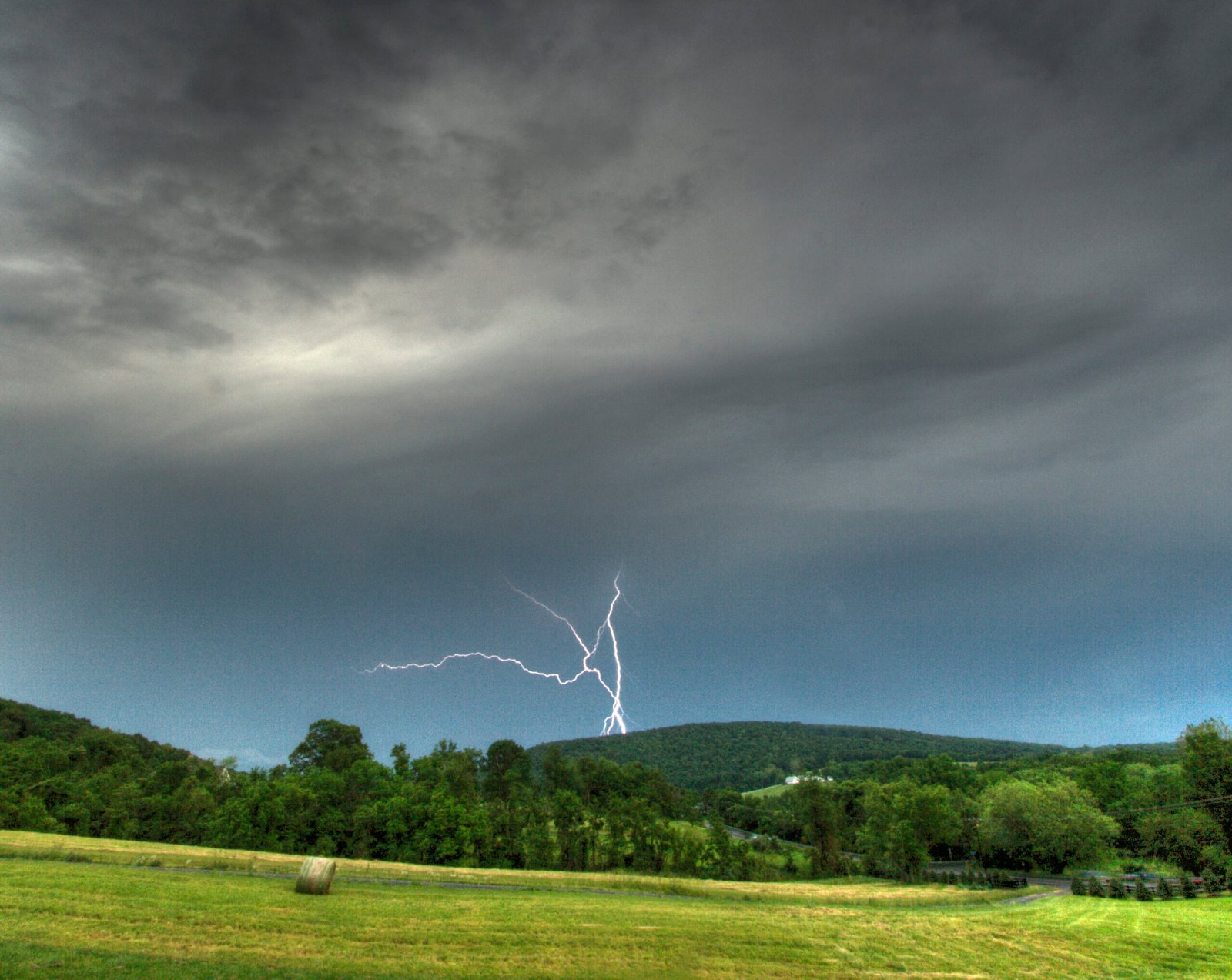
It’s not just man-made structures that get zapped repeatedly. Trees, especially those standing alone, are frequent victims of lightning. You can sometimes see scars spiraling down their trunks—nature’s battle wounds from repeated strikes. Mountains also attract lightning, since their peaks rise above the surrounding landscape. Mount Rainier in Washington and Mount Kilimanjaro in Africa are both known hotspots. These natural features remind us that lightning’s preferences are written into the fabric of the earth itself.
Lightning and Wildfire: A Dangerous Connection
When lightning hits dry forests or grasslands, the heat can ignite deadly wildfires. In some regions, the same hillsides are struck again and again over the years, each time risking new blazes. Firefighters in places like California and Australia watch the skies nervously during storm season. The fact that lightning revisits the same spots makes some areas much more vulnerable. Understanding this pattern helps emergency crews predict where the danger will strike next.
Lightning Safety: What You Need to Know
Knowing that lightning can strike the same place twice makes safety even more important. When you’re outdoors during a storm, avoid tall, isolated objects like trees or poles. Stay away from open fields, and if you’re near water, get to shore immediately. If you’re inside, avoid using corded phones and electrical appliances. Remember, lightning will look for anything that helps it reach the ground quickly—even if it’s already struck there before.
People Struck More Than Once: Real-Life Shocks
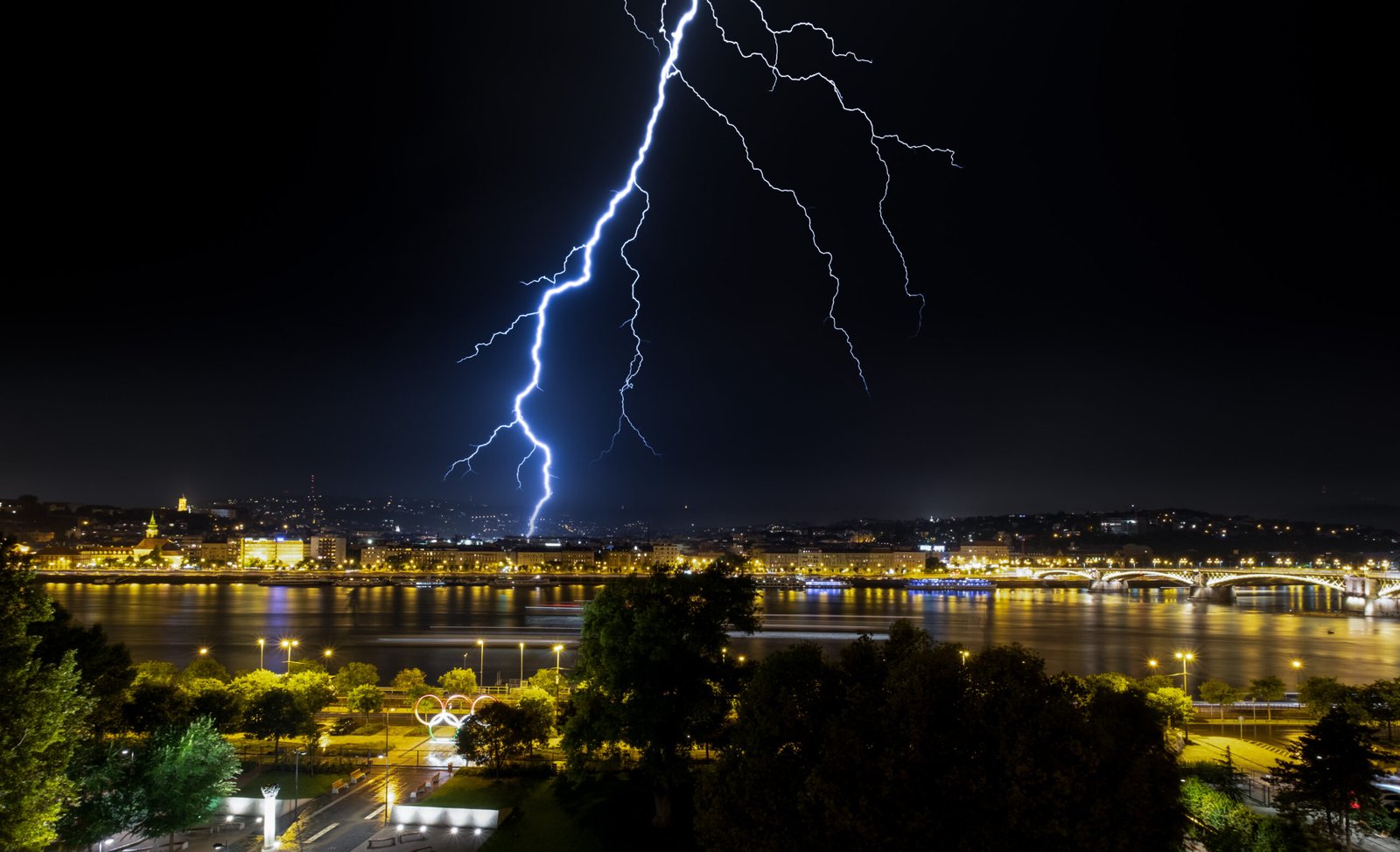
Believe it or not, some unlucky people have been struck by lightning more than once. Roy Sullivan, a park ranger in Virginia, was struck seven times during his life—a world record. He survived each encounter, though not without scars and stories to tell. These rare cases show that lightning’s unpredictability can defy our expectations. The odds are long, but they’re never zero.
The Science of “Lightning Hotspots”
Some regions on Earth are infamous for their constant lightning activity. Lake Maracaibo in Venezuela holds the record for the most lightning strikes per square kilometer, thanks to unique weather patterns. In these hotspots, it’s common for the same spot to be struck several times in a single night. Researchers study these areas to understand what makes them so attractive to lightning. Their discoveries could help us predict storms and prevent disasters.
Misconceptions That Refuse to Die
Despite all the evidence, the myth about lightning persists. Some people believe that if a place has been struck once, it’s now “safe.” Others think lightning always picks new targets. These misunderstandings can make people careless during dangerous storms. It’s important to spread accurate information, especially as climate change brings more intense weather events. Old sayings are comforting, but facts save lives.
Lightning and Urban Planning
City designers take lightning into account when planning new buildings and infrastructure. Tall buildings are equipped with lightning protection systems, and power lines are often buried underground in storm-prone areas. Engineers use data from previous strikes to decide where to place rods and surge protectors. By learning from each bolt, cities become safer and more resilient.
Unusual Lightning Phenomena
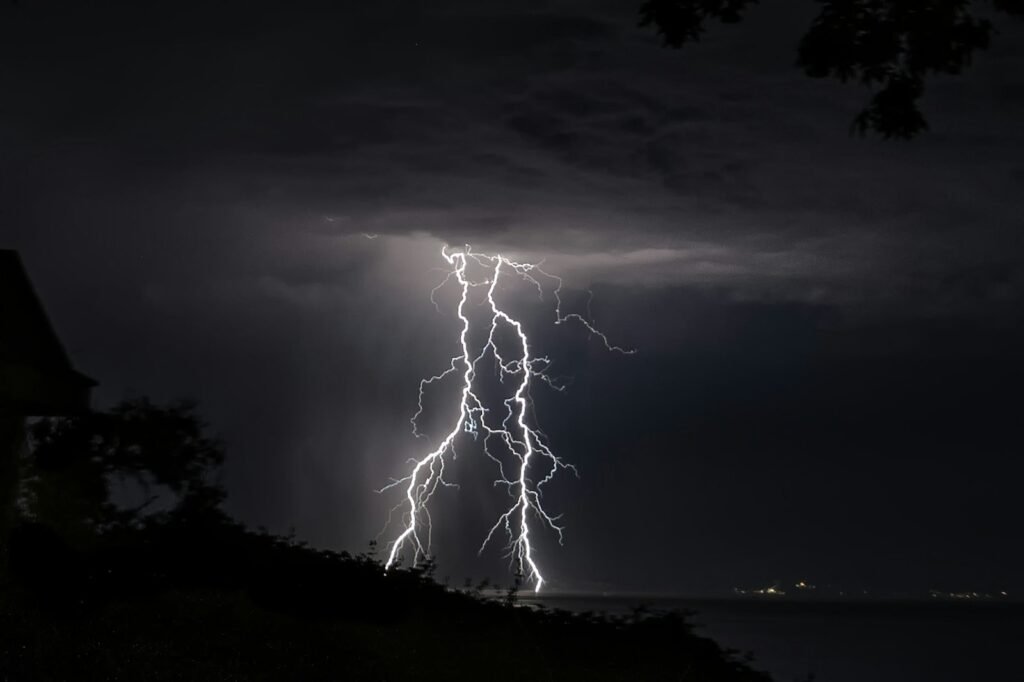
Not all lightning behaves the way we expect. Ball lightning, for example, is a mysterious phenomenon that sometimes appears as glowing orbs during storms. There are also “sprites” and “jets”—strange forms of lightning that shoot upward instead of down. These rare events often occur in the same locations where regular lightning is common, further proving that some places are true electrical magnets.
How Climate Change Might Affect Lightning Strikes
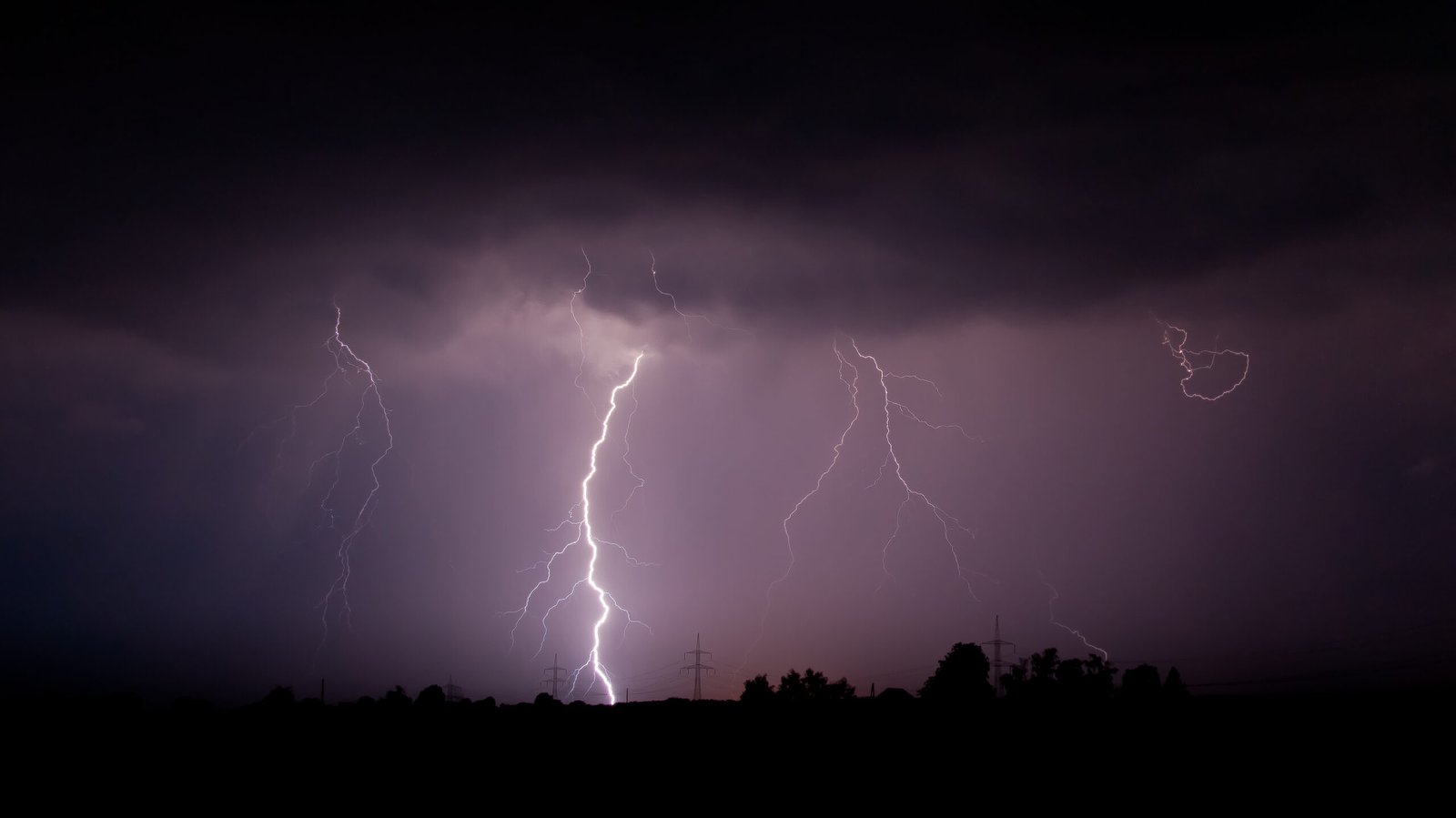
Scientists are now studying how global warming could change lightning patterns. Warmer air holds more moisture, which can fuel bigger thunderstorms. Some research suggests that lightning strikes may become more frequent in certain regions. This could make already-vulnerable areas even more at risk of repeated strikes. It’s a reminder that our changing planet will continue to shape nature’s wildest phenomena.
Lightning in Art, Myth, and Popular Culture
Lightning has always fascinated artists and storytellers. From ancient myths about angry gods to modern superhero movies, lightning symbolizes power and unpredictability. But even in stories, lightning often strikes the same place twice—a castle tower, a mad scientist’s lab, or a haunted lighthouse. Art imitates life, and sometimes, nature’s truth is stranger than fiction.
Key Takeaways: Embracing Nature’s Realities
Lightning is far more predictable—and repeatable—than old sayings suggest. Tall, isolated, or conductive places are always at risk of repeat strikes. From world-famous landmarks to humble farmhouses, the evidence is clear: lightning definitely strikes the same place twice. Next time you hear the thunder rumble, remember that science tells a more electrifying story than myth ever could.

